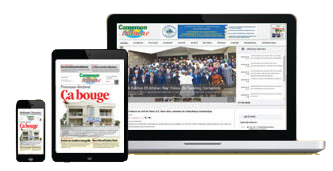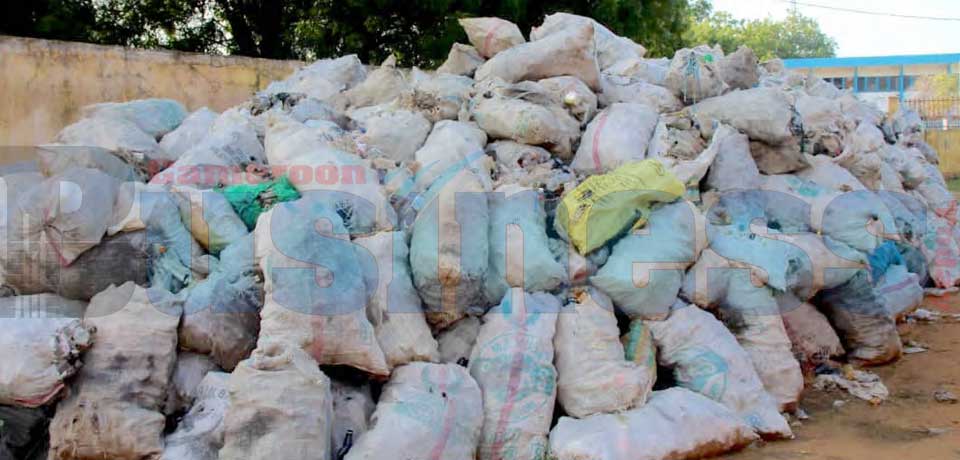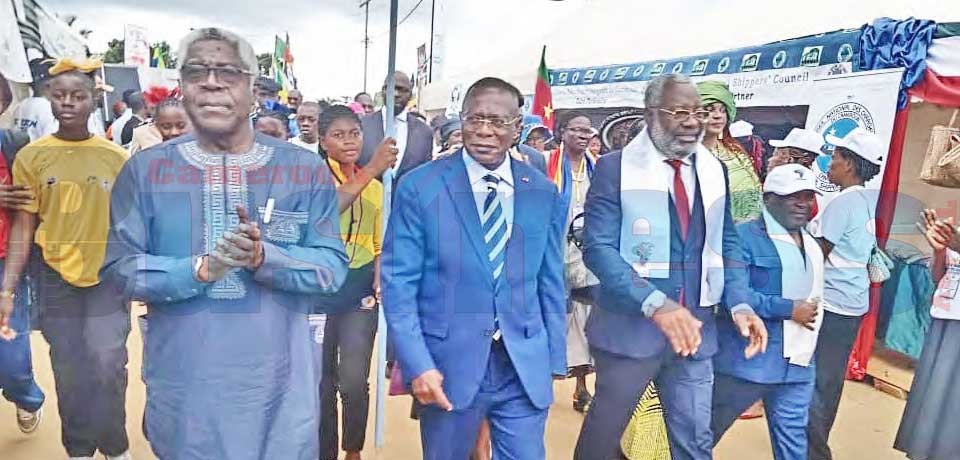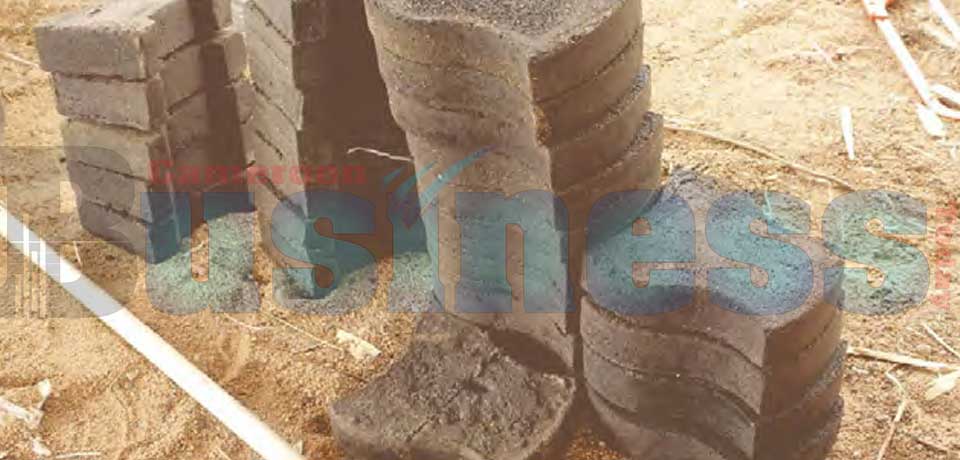I n its 2020-2030 National Development Strategy, Cameroon projects its digital sector to grow by 6.4 per cent by 2029. To achieve that target, the country intends to increase the Internet penetration rate from 35.6 per cent to 80 per cent, boost the digital access index from 0.16 to 0.4, increase the data transfer rate from 3800 Mb/s to 1.4 Tb/s, and reduce the digital divide from 71.81 per cent to 50 per cent. This vision contained in the government blueprint for economic growth is eloquent testimony that the sector is still finding its way to an enviable position.
Achievements
Though the digital transformation process is taking long, one can however not lose sight of major strides the government and its partners have done in implanting the technological infrastructure for a conducive digital transition. From broadband infrastructure, optical fibres cables, data centres, Cameroon has long been presented as a hub in terms of telecom infrastructure in the Central African sub-region. The country is connected to five submarine cables (SAT3, WACS, ACE, SAIL, and NCSCS). Yet it makes very little use of this equipment to develop its digital sector, as well as that of the sub-region. Still in relation to infrastructure, the National Backbone of fibre optics project has made great progress with about 12.000km of fibre optics deployed across the national territory. Additional 4000km of the optical fibre will soon be deployed according to the General Manager of Cameroon Telecommunications (CAMTEL). The Government hopes to layout 20 000km of fibre optics reaching all the nooks and crannies of the national territory and increasing network capacity. The National Broadband Network (NBN) project, seeks to provide high speed internet services to household and businesses through the Fibre-to-the-home (FTTH) technology. The NBN project which started in 2012 has put in place infrastructure and platforms for modern telecom services like a digital billing system, the submarine cable system as well as the CT phone network. In fact, some Cameroon residents now enjoy high speed access to network: High definition television systems, video protection through surveillance cameras, digital TV on IP and much more thanks to the NBN. In a similar light, the ongoing Central African Backbone (CAB) project will ensure the effective interconnection of Central African countries through a high speed optical fibre telecommunication network. The government has also constructed 232 Multipurpose Community Telecentres in rural localities which provide access to digital services to the inhabitants. The move is aimed at bridging the gap between the rural and urban centres. “Over the past four years, the mobile broadband penetration rate in our country went from 18 per cent to 39 per cent, as a result of the various measures deployed to strengthen competition and regulatory accountability,» the Minister of Post s and Telecommunications, Minette Libom Li Likeng said during the first-ever meeting of the Ministerial Alliance for Digital Nations, organized by the Commonwealth Telecommunications Organization from last February 21-22 in London.
Challenges
Despite these strong advances, Cameroon still has many challenges to address. «Some areas remain uncovered and internet access has not yet reached universal coverage. Smartphone and internet prices seem relatively high, especially for low-income people. Like many other countries in the world, Cameroon is facing the challenge of a rapidly changing digital environment, which has rendered some of our regulatory and legal instruments obsolete,» Minister Libom Li Likeng said, calling on partners to assist Cameroon on the path of development of the digital...

















Commentaires